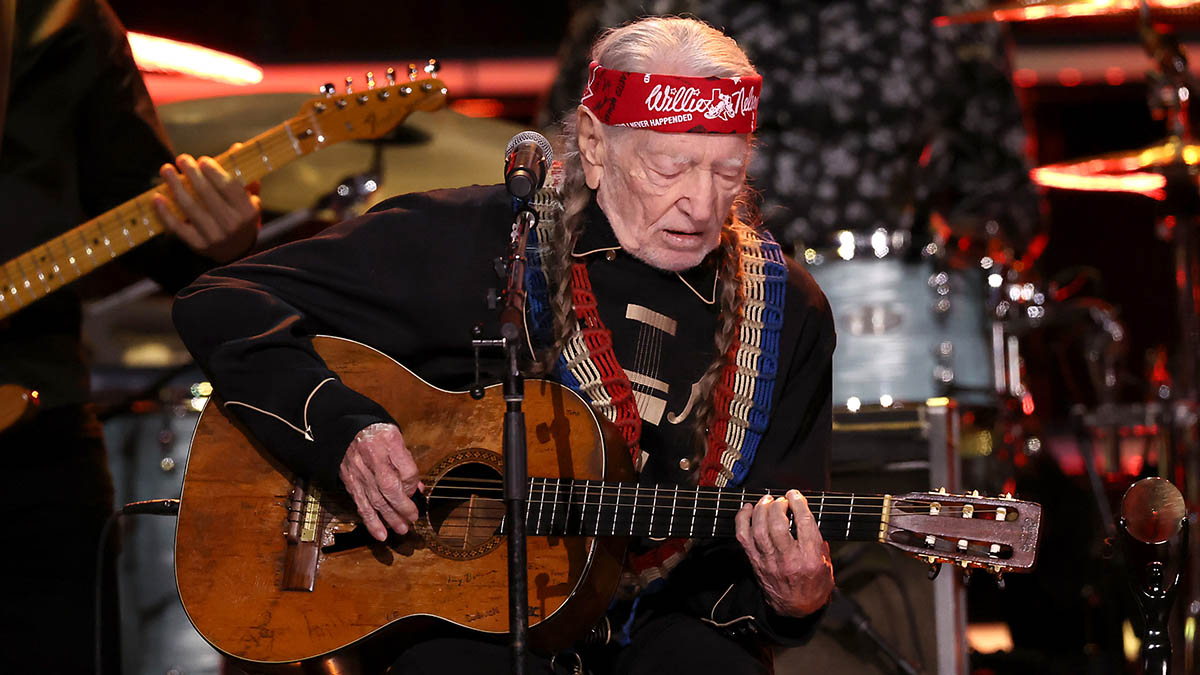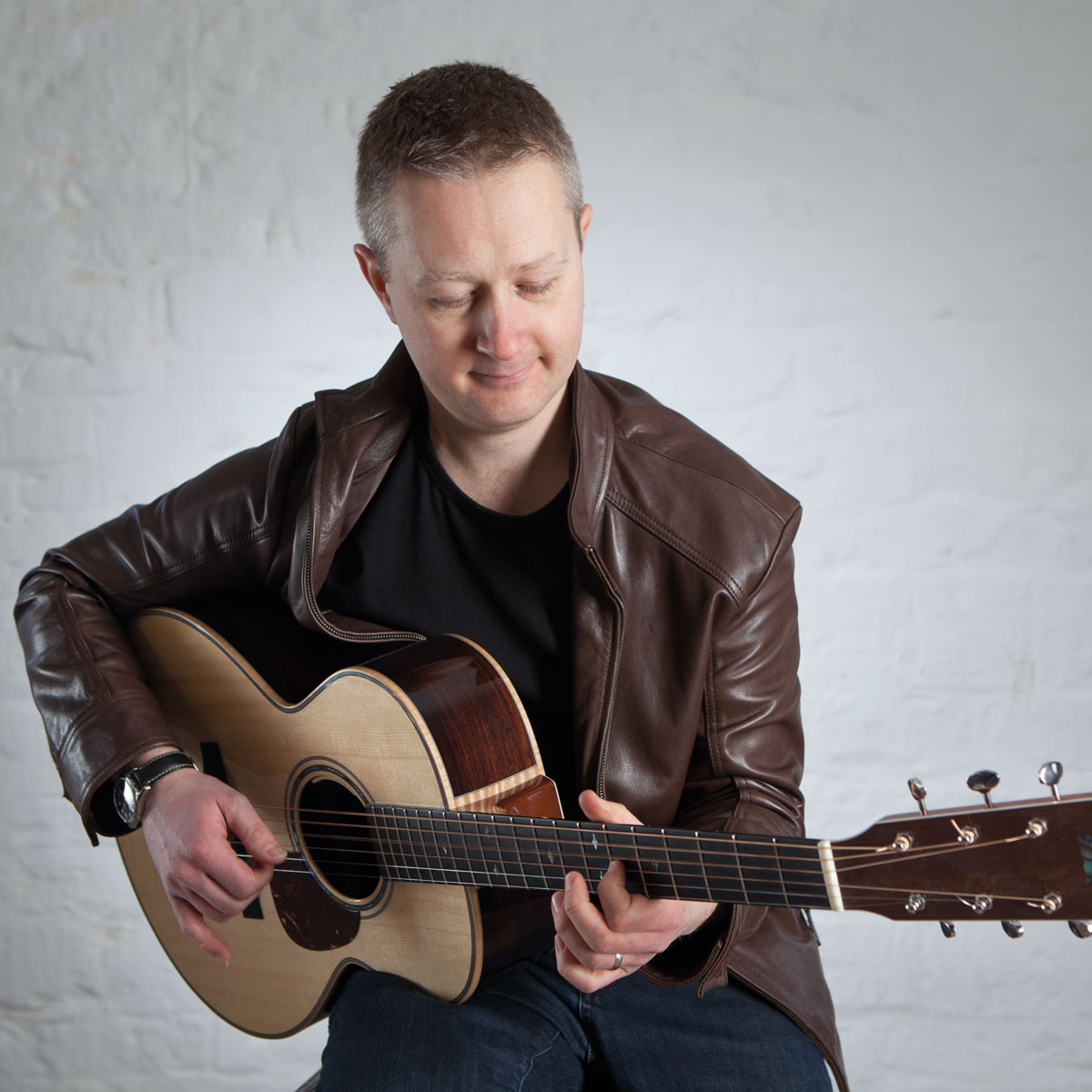Willie Nelson wrote his first song at 7 years old. Now he’s one of the music world’s true ‘hitmakers’ – and an outlaw country icon with a unique guitar style
Fusing country, folk, jazz and blues, the Nashville country legend’s rhythm and lead playing approach is difficult to emulate

You may not realise it, but Willie Nelson is one of the music world’s true ‘hitmakers’, the legendary songwriter behind Patsy Cline’s Crazy, and many more. A performer in his own right, he has been crafting hits for over 60 years.
Nelson started his career as a songwriter and DJ in Texas in the late 1950s, and while he found success early on it’s almost unbelievable to think several major country artists had already turned down Crazy, a track Nelson wrote in 1961 while he was still struggling in the music industry.
Nelson took up the guitar aged six and had written his first song by age seven. His early influences were Hank Williams, Django Reinhardt, Hank Snow and Louis Armstrong among others.
Given the disparate styles that he grew up listening to it comes as no surprise that he ended up crafting his own unique, iconic approach to writing in that most American of styles, country. Nelson began his music career as a bass player but he is most commonly seen playing Trigger, his battered nylon-string guitar that has been with him for decades.
Along with artists like Waylon Jennings, Merle Haggard and Kris Kristofferson, Nelson became a major player in the ‘outlaw country’ sound, a harder sounding approach to country songwriting that emerged in the late 1960s and eschewed the typical conservative, saccharine sound of Nashville’s mainstream country songwriters.
Nelson had a run of hits in the 1960s but decided to retire from music after discovering his tours weren’t making a significant profit. His retirement was short-lived, though, and by 1972 he had moved to Austin, Texas where he created his own brand of country music fusing elements of country, folk, jazz and blues that became a hit with the hippie movement of the time.
More success followed from the self-penned On The Road Again to his cover of Always On My Mind. A remarkable fact is that he wasn’t aware of Elvis Presley’s version of this song though this most likely freed him up to make his own interpretation of what would become an evergreen classic.
Nelson’s lazy, behind-the-beat approach and his quirky multi-influenced style can make him a difficult artist to emulate. While he often follows the typical country root-5th, bass-chord strumming approach, some of his hits are actually written around blues, jazz and Broadway progressions rather than the standard country I-IV-V structures.
Nelson also combines an interesting approach to rhythm with a sometimes surprisingly fiery lead style. In this study you’ll explore how he creates slightly off-the-wall chord progressions alongside his angular approach to soloing, which takes influence from the great country players to gypsy-jazzer Django Reinhardt and electric blues pioneer, T-Bone Walker.
Get the tone
Amp Settings: Gain 3, Bass 7, Middle 6, Treble 7, Reverb 2
Nelson has spent much of his time playing Trigger, his battered Martin N20 classical. The use of nylon-string in country is rare unless it’s being used on a ballad. Of course you can play this style equally well on steel-string and I recorded this month’s column on a Martin Custom Expert D-28 1937. Use the above settings as an acoustic amp starting point.
Video and tab
Playing notes: Rhythm
[Bar 1] For this relaxed bluesy swing, I haven’t gone for Nelson’s way behind the beat approach in case I’m accused of not being able to play in time, but see how far behind you can get before it all falls apart!
[Bar 5] Connecting chords with bass runs is a staple of country guitar. These short fills don’t have to be elaborate and are usually brief bass runs connecting one chord to the next.
[Bar 12] There are plenty of curveballs in Nelson’s playing, as you’ll hear ‘Broadway’ or jazz-type chords in his writing. In isolation these can sound odd or mis-placed but Willie always writes great vocal lines against them to tie it all together.
Playing notes: Lead
[Bar 35] As with his rhythm playing, Nelson takes a bluesy, swing approach to much of his soloing. He’ll commonly play lines in 3rds as you’ll hear in this passage. It’s a great way to create a bigger sound in your solos, as it also emphasises the underlying chords and sounds highly melodic.
[Bar 37] The angular and slightly quirky Django influence is never far from Nelson’s playing when it comes to his solos. While Willie doesn’t play burning licks like the gypsy jazz legend he loves to use chromaticism and passing notes, like this idea on beat 2 featuring the notes A-G#-G.
Get The Pick Newsletter
All the latest guitar news, interviews, lessons, reviews, deals and more, direct to your inbox!
Stuart Ryan is best known for his acoustic guitar playing, from Celtic fingerpicking and traditional folk to modern percussive phrasing and fresh interpretations of popular pieces. He has released several solo albums, written pieces for UK examination boards and created nine tutorial books ranging from acoustic guitar arrangements to Americana styles.
“There are so many sounds to be discovered when you get away from using a pick”: Jared James Nichols shows you how to add “snap, crackle and pop” to your playing with banjo rolls and string snaps
Don't let chord inversions bamboozle you. It's simply the case of shuffling the notes around









![Joe Bonamassa [left] wears a deep blue suit and polka-dotted shirt and plays his green refin Strat; the late Irish blues legend Rory Gallagher [right] screams and inflicts some punishment on his heavily worn number one Stratocaster.](https://cdn.mos.cms.futurecdn.net/cw28h7UBcTVfTLs7p7eiLe.jpg)


